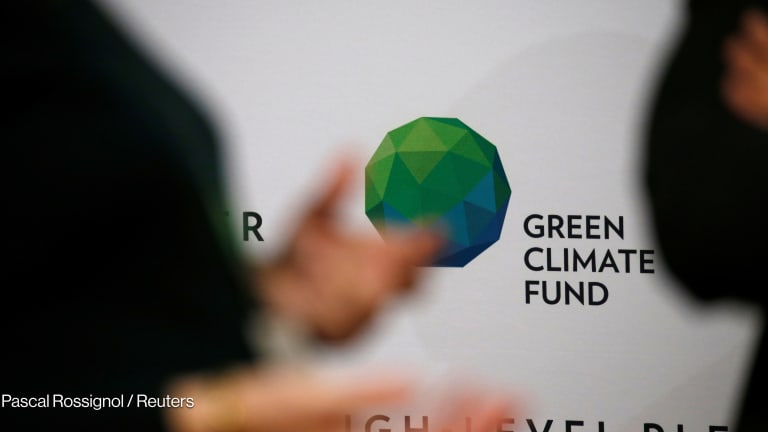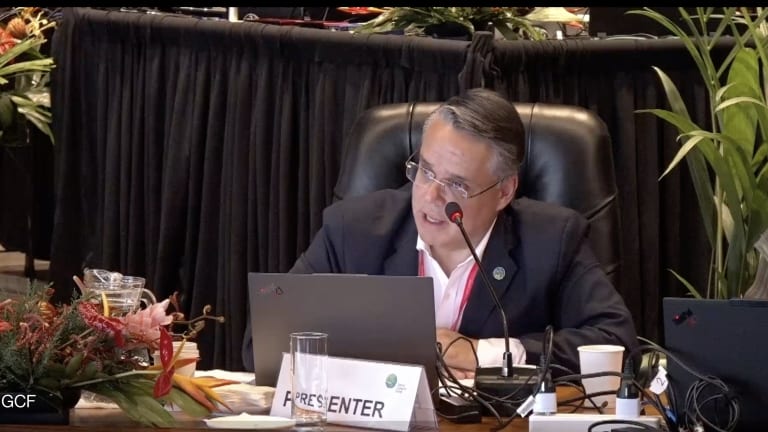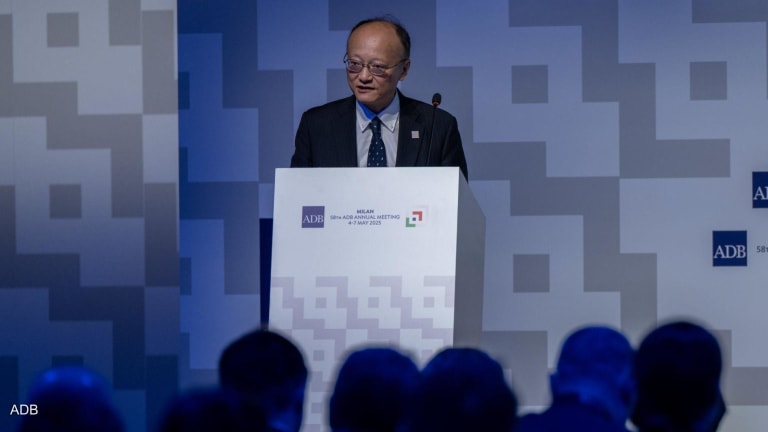
The board of the Green Climate Fund met for the first time Aug. 23-25 in Geneva and, with two co-chairs selected, can start operationalizing the fund. Australian Ewen McDonald and Zaheer Fakir of South Africa will be charged with seeing the board through some of its most important challenges. Key among them: how to actually raise $100 billion a year.
Fakir is the acting deputy director-general for international cooperation and relations at South Africa’s Department of Environmental Affairs, where he is the “focal point” for more than 40 multilateral environmental agreements and manages a funding portfolio of approximately $750 million. He also co-chairs the World Bank’s Clean Technology Fund Trust Fund Committee and represents South Africa on a multitude of regional and international bodies.
McDonald is the deputy director-general of the Australian Agency for International Development, where he oversees half of the agency’s eight divisions. He also manages Australia’s fast-start climate change financing package and the country’s relationships with the Global Environment Facility, the Climate Investment Funds and the Adaptation Fund.
In its first meeting, the 24-member board discussed its work plan and the process for selecting a permanent location for the currently homeless fund. It heard pitches from the six interested countries: Germany, Namibia, Mexico, Poland, Switzerland and South Korea.
Other priorities included creating a timeframe and milestones for progress, determining linkages with other funds, putting together a business model, selecting financing instruments, and establishing an accountability framework, according to the World Resources Institute.
These decisions, it seems, will have to wait.
So will choices about how best to include the private sector. After contentious debate over whether and how the GCF would fund private sector investments, world leaders decided at the 2011 climate talks in Durban, South Africa to create a private sector facility within the fund. It remains to be decided who will govern this body, and how it will align with country strategies and avoid conflicts of interest.
The GCF was established to help developing countries address climate change’s most pressing challenges and promote low-carbon economic growth. Its primary activity is to receive and distribute up to $100 billion per year to developing nations by 2020.
Despite the hard-won battle to establish the fund, and hopes it would direct and galvanize the international response to climate change for decades to come, the agreement did not include key decisions such as how the money would be raised and how developing nations would gain access to the funding.
Global climate aid went from $6.7 billion to $14.2 billion between 2009 and 2010, but only $2 billion of that increase was actually new money. Funding growth in the next year was only enough to keep pace with inflation despite promises that $30 billion in new financing would be available by 2012.
Climate finance remains a hotly debated issue within climate change negotiations, including questions of funding both mitigation and adaptation, and whether to prioritize helping the poorest or the most vulnerable to the impact of climate change.
The board will hold its next meeting Oct. 18-20 in Songdo, South Korea, and will select a host country at the U.N. Framework Convention on Climate Change conference in Doha this November.
Read more development aid news online, and subscribe to The Development Newswire to receive top international development headlines from the world’s leading donors, news sources and opinion leaders — emailed to you FREE every business day.








